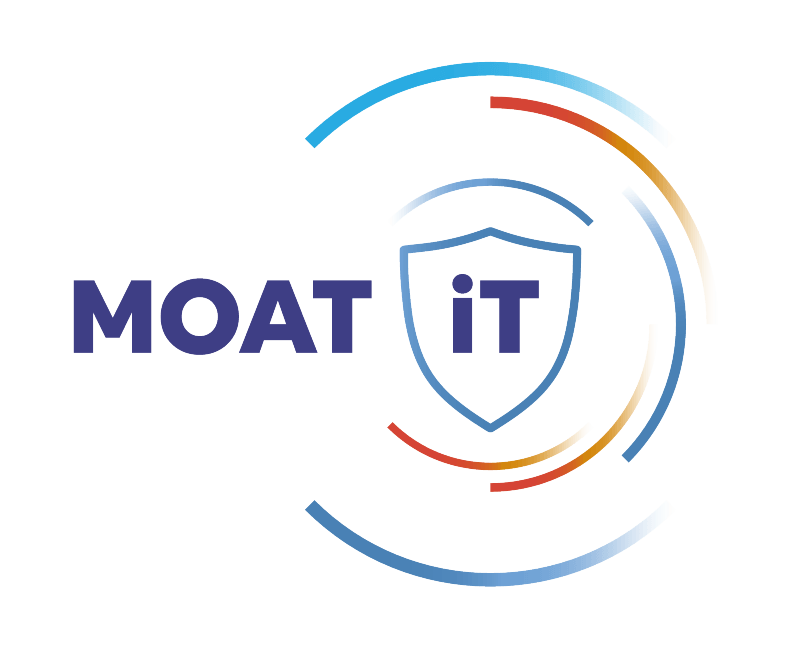Data is the lifeblood of individuals and businesses alike. From personal memories and financial records to confidential business plans and customer information, vast swathes of sensitive data reside online, often readily accessible. This convenience, however, comes at a chilling cost: the ever-present threat of data theft.
The reality is sobering- cyber attacks are more sophisticated and frequent than ever. Malicious actors, from lone hackers to organized crime syndicates, employ increasingly complex tactics to exploit vulnerabilities and infiltrate systems. The consequences can be devastating, ranging from identity theft and financial losses to operational disruptions and reputational damage. This is what necessitates cybersecurity for businesses. This blog will touch upon the reality of the cybersecurity landscape in 2024 and suggest ways to keep your data safe for threats ever-evolving.
The Terrifying Truth: 2024’s Threat Landscape
Organizations across the globe are grappling with the financial and reputational consequences of data breaches. The US healthcare sector reported more than 809 incidents of data thefts in 2023 alone, reaching its highest. This was significantly greater than 344 incidents reported in 2022.

Comparing this number to 2005, when there were only 16 cases, it is easy to comprehend the alarming rate at which hackers are targeting data. This also prioritizes the importance of strong cybersecurity for businesses.
“We found on Statista, the average cost of a data breach in the US crossed USD 9.48M in 2023, which is up from 9.44M in 2022. This financial loss aspect is why businesses need to worry about data security,” Ali Khan, CEO at MOATiT- a leading cybersecurity solutions provider firm quotes.
Looking further into the numbers, a discovery made by researchers from Security Discovery and CyberNews, showed 2024 is continuing to see similar trends in data breaches and leaks.
Researchers have discovered a whopping 26 billion leaked data records in January 2024 alone. This breach contains data from platforms like LinkedIn, Twitter, Tencent, Dropbox, Adobe, Canva and Telegram. The database of leaked information is 12 terabytes in size and is referred to as the “mother of all breaches” (MOAB).
“The supermassive leak contains data from numerous previous breaches, comprising an astounding 12 terabytes of information, spanning over a mind-boggling 26 billion records. The leak, which contains LinkedIn, Twitter, Weibo, Tencent, and other platforms’ user data, is almost certainly the largest ever discovered,” Cybernews quoted.
Other than data theft, the following are the common forms of cyber threats that modern businesses are having a hard time dealing with:
Ransomware
This pervasive attack encrypts critical data, holding it hostage until a ransom is paid. The average ransom demand reached a staggering $278,000 in 2022, and businesses are increasingly targeted.
Phishing
Deceptive emails and messages, often impersonating legitimate sources, trick users into clicking malicious links or divulging sensitive information. Phishing remains a primary attack vector, with 94% of malware delivered via email.
Supply Chain Attacks
Hackers target third-party vendors and partners to gain access to a company’s core systems, exploiting the interconnectedness of modern business environments.
Social Engineering
Exploiting human psychology, attackers manipulate individuals into revealing sensitive information or granting unauthorized access. This includes tactics like pretexting, scareware, and impersonation.
Cloud Vulnerabilities
As cloud adoption surges, so do the attack vectors associated with it. Cybersecurity mistakes like misconfiguration, insecure data storage, and compromised access credentials remain significant risks.
The Urgent Need for Cybersecurity Solutions
Ignoring the gravity of the situation is no longer an option. Individuals and businesses alike must actively fortify their defenses against cyber threats. This necessitates a multi-layered approach, adopting solutions that:
Prevent
Firewalls can be your digital fortress in blocking unauthorized access. They can be the perfect intrusion detection systems that act as vigilant guards, identifying and stopping suspicious activity. Leveraging endpoint security solutions further strengthens your defenses by protecting individual devices from malware and other threats.
Detect
Utilize security information and event management (SIEM) systems. They can continuously monitor your network, uncovering anomalies that might indicate an attack. Staying informed about emerging threats through reliable intelligence feeds keeps you one step ahead.
Respond
Be prepared to act swiftly when threats breach your defenses. Develop a comprehensive incident response plan outlining clear actions to minimize damage and downtime. Regular drills ensure your team is efficient and coordinated in handling real-world attacks.
Recover
Be prepared if disaster strikes. Regularly backing up critical data ensures its quick restoration. Robust disaster recovery plans guarantee the swift revival of essential systems and data after a breach.
Educate
Your employees are your first line of defense. Regular training on cybersecurity best practices, including phishing awareness, vital password hygiene, and secure browsing habits, empowers them to recognize and avoid threats. Make security awareness an ongoing initiative, fostering a vigilant culture within your organization.
